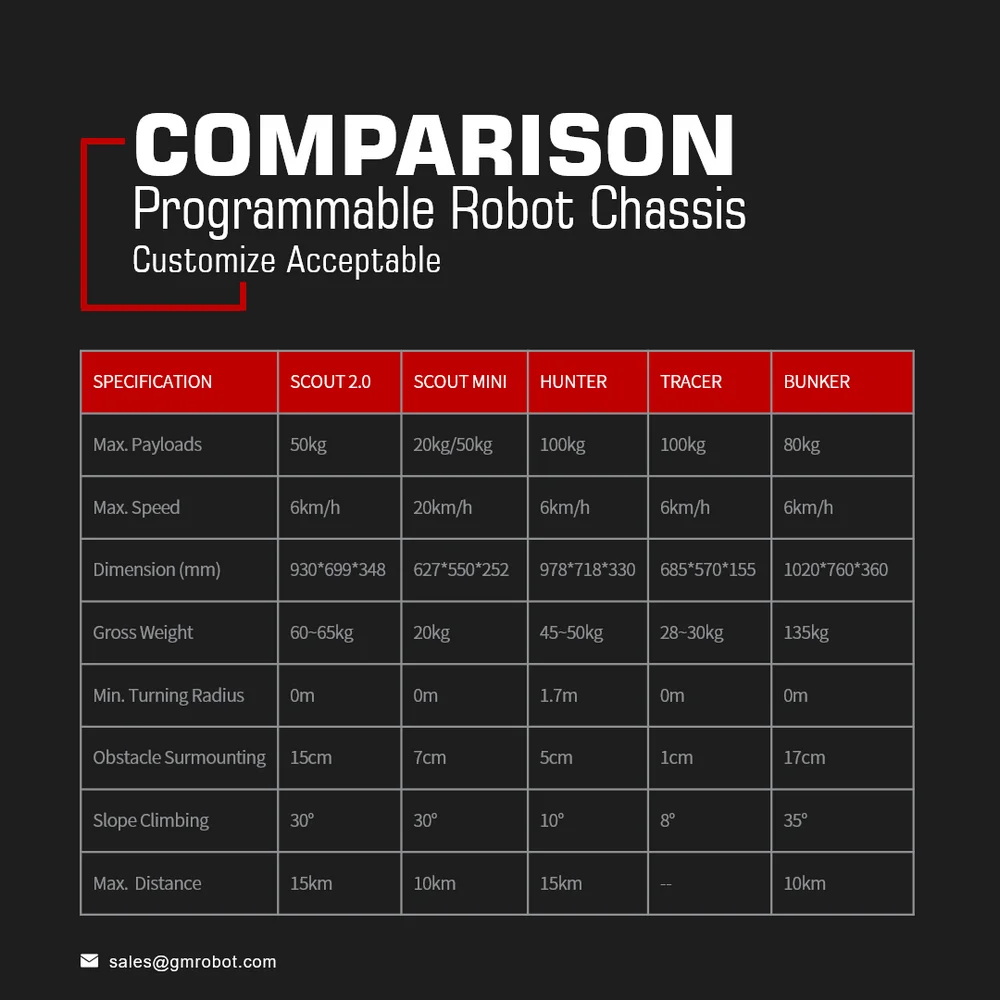
Introduction
HUNTER is designed as a programmable UGV upon Ackermann model, of which the chassis is based on Ackermann steering. Therefore, it has similar characteristics to cars but has more significant advantages on Portland cement and asphalt roads over them. Compared to the four-wheel differential chassis, HUNTER chassis has a higher load carrying capacity and can reach higher movement speed with less wear of structure and tires for long-term operation. Although HUNTER is not designed as suitable for all kinds of terrains, it is equipped with a rocker arm suspension which can pass common obstacles such as speed bumps, etc. Additional components such as stereo camera, laser radar, GPS, IMU and robotic manipulator can be optionally installed on HUNTER for advanced navigation and computer vision applications. HUNTER is frequently used for autonomous driving education and research, indoor and outdoor security patrolling, environment sensing, general logistics and transportation, to name here only.
Package List
1 * BUNKER
1 * Key Lock
1 * Battery Charger, AC 220V
2 * Aviation Plug (Male, 4 Pin)
1 * DJI Remote Control Transmitter (Optional)
1 * Manual
| Max Playloads | 100kg |
| Max. Speed | 6km/h |
| Dimension | 978*718*330mm |
| Gross Weight | 45~50kg |
| Min. Turning Radius | 1.7m |
| Obstacle Surmounting | 5cm |
| Slope Climbing | 10° |
| Max. Distance | 15km |
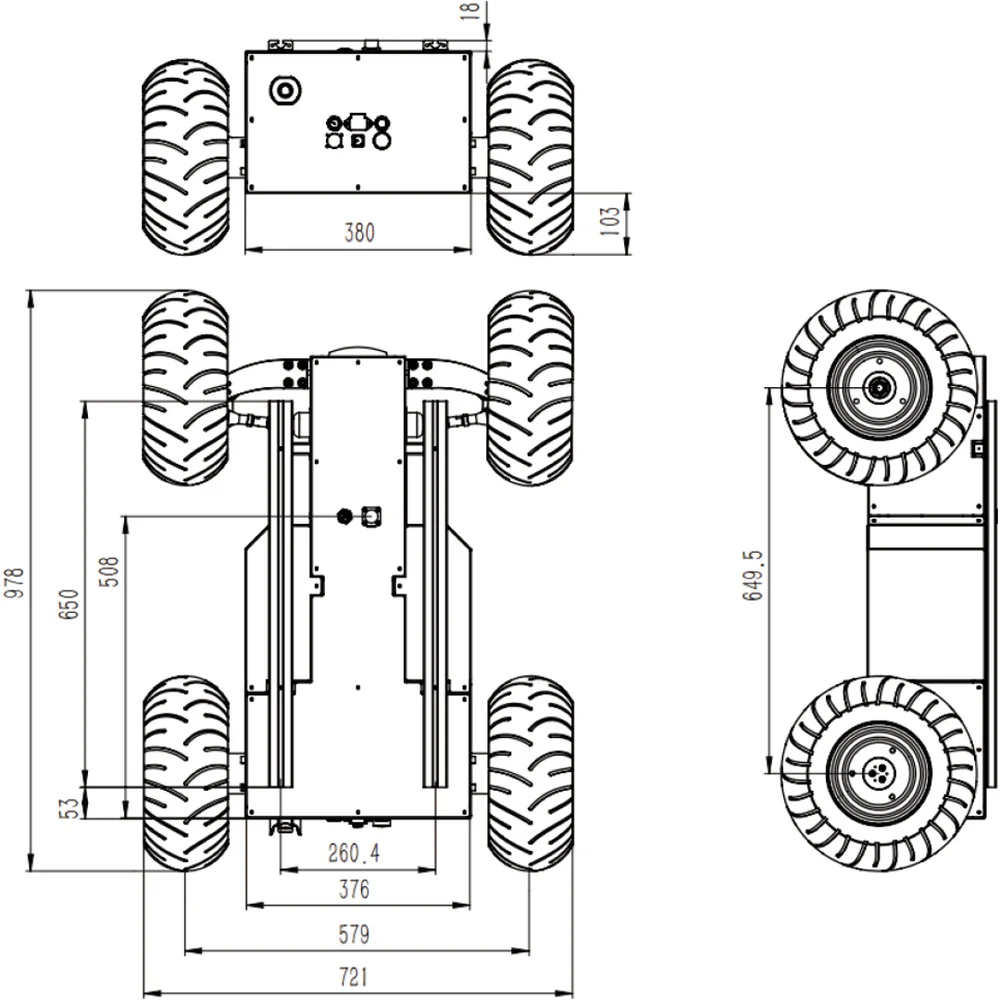
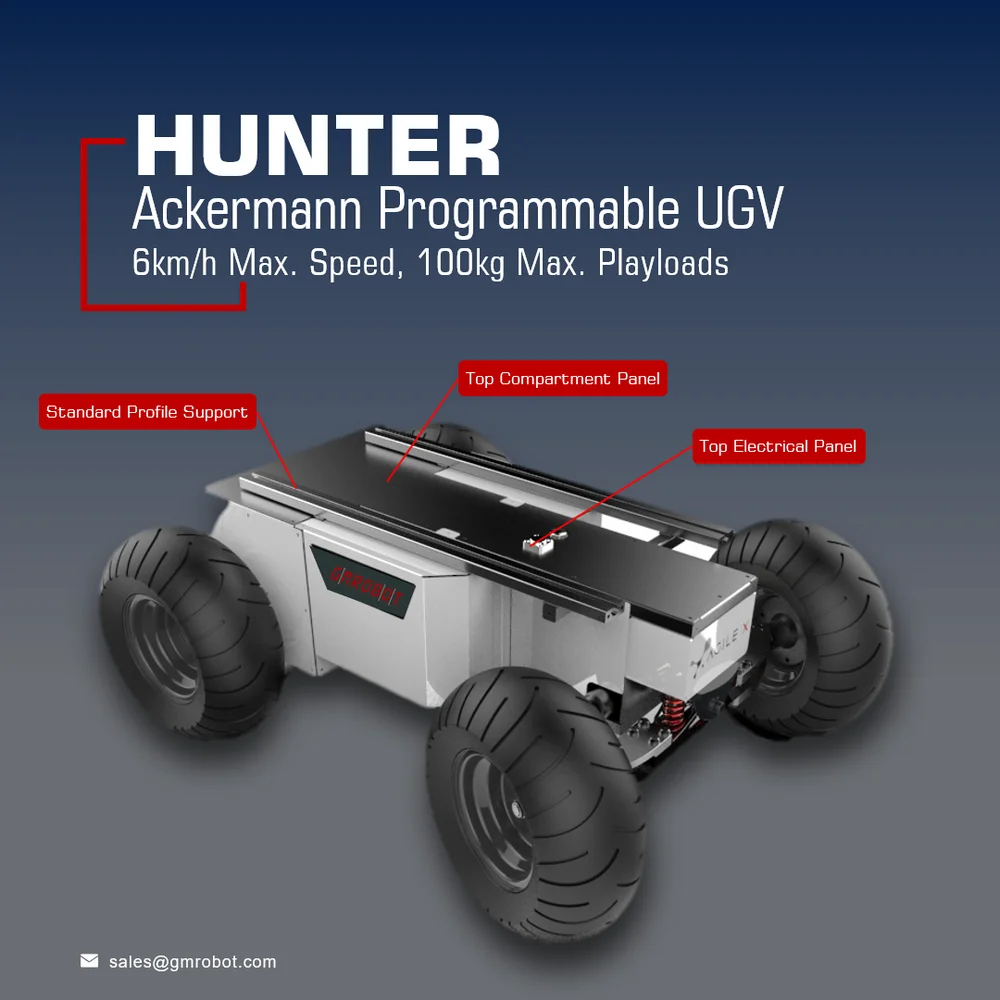
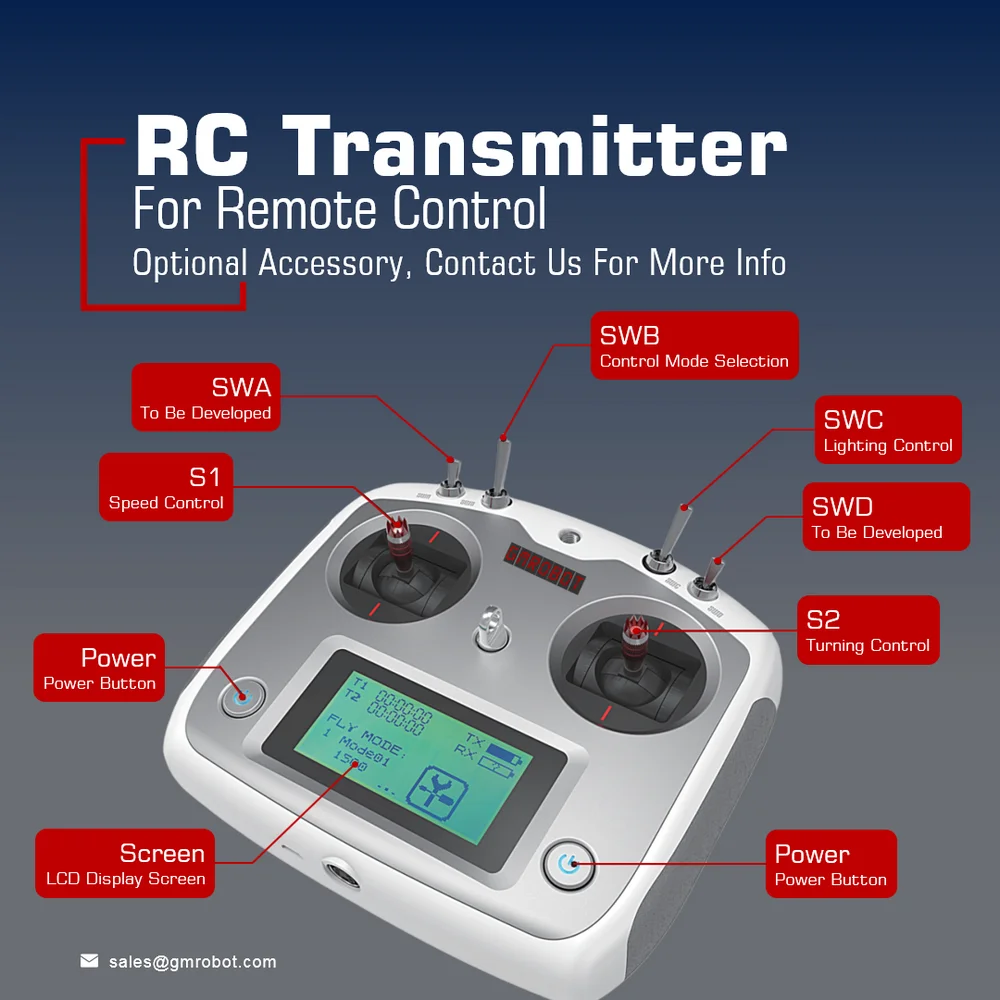
Attention
This section includes some precautions that should be paid attention to for SCOUT MINI use and development.
1. Battery
1.1 The battery supplied with HUNTER is not fully charged in the factory setting, but its specific power capacity can be displayed on the voltmeter at rear end of SCOUT MINI chassis or read via CAN bus communication interface. The battery recharging can be stopped when the green LED on the charger turns green. Note that if you keep the charger connected after the green LED gets on, the charger will continue to charge the battery with about 0.1A current for about 30 minutes more to get the battery fully charged.
1.2 Please do not charge the battery after its power has been depleted, and please charge the battery in time when low battery level alarm is on.
1.3 Static storage conditions: The best temperature for battery storage is -20℃ to 60℃; in case of storage for no use, the battery must be recharged and discharged once about every 2 months, and then stored in full voltage state. Please do not put the battery in fire or heat up the battery, and please do not store the battery in high-temperature environment;
1.4 Charging: The battery must be charged with a dedicated lithium battery charger; lithium-ion batteries cannot be charged below 0°C (32°F) and modifying or replacing the original batteries are strictly prohibited.
2. Operational Environment
2.1 The operating temperature of HUNTER outdoors is -10℃ to 45℃; please do not use it below -10℃ and above 45℃ outdoors.
2.2 The operating temperature of HUNTER indoors is 0℃ to 42℃; please do not use it below 0℃ and above 42℃ indoors.
2.3 The requirements for relative humidity in the use environment of HUNTER are: maximum 80%, minimum 30%.
2.4 Please do not use it in the environment with corrosive and flammable gases or closed to combustible substances.
2.5 Do not place it near heaters or heating elements such as large coiled resistors, etc.
2.6 Except for specially customized version (IP protection class customized), HUNTER is not water proof, thus please do not use it in rainy, snowy or water-accumulated environment.
2.7 The elevation of recommended use environment should not exceed 1,000m.
2.8 The temperature difference between day and night of recommended use environment should not exceed 25℃.
3. Electrical / Extension Cords
3.1 For the extended power supply on top, the current should not exceed 10A and the total power should not exceed 240W.
3.2 For the extended power supply at rear end, the current should not exceed 5A and the total power should not exceed 120W.
3.3 When the system detects that the battery voltage is lower than the safe voltage class, external power supply extensions will be actively switched to. Therefore, users are suggested to notice if external extensions involve the storage of important data and have no power-off protection.
4. Other Notes
4.1 HUNTER has plastic parts in front and rear, please do not directly hit those parts with excessive force to avoid possible damages.
4.2 When handling and setting up, please do not fall off or place the vehicle upside down.
4.3 For non-professionals, please do not disassemble the vehicle without permission.
Q&A
1. HUNTER is started up correctly, but why cannot the RC transmitter control the vehicle body to move?
First, check whether the drive power supply is in normal condition, whether the drive power switch is pressed down and whether E-stop switches are released; then, check whether the control mode selected with the top left mode selection switch on the RC transmitter is correct.
2. HUNTER remote control is in normal condition, and the information about chassis status and movement can be received correctly, but when the control frame protocol is issued, why cannot the vehicle body control mode be switched and the chassis respond to the control frame protocol?
Normally, if HUNTER can be controlled by a RC transmitter, it means the chassis movement is under proper control; if the chassis feedback frame can be accepted, it means CAN extension link is in normal condition. Please check the CAN control frame sent to see whether the data check is correct and whether the control mode is in command control mode. You can check the status of error flag from the error bit in the chassis status feedback frame.
3. HUNTER gives a “beep-beep-beep…” sound in operation, how to deal with this problem?
If HUNTER gives this “beep-beep-beep” sound continuously, it means the battery is in the alarm voltage state. Please charge the battery in time.
4. Is the tire wear of HUNTER is normally seen in operation?
The tire wear of HUNTER is normally seen when it is running. As HUNTER is based on the four-wheel differential steering design, sliding friction and rolling friction both occur when the vehicle body rotates. If the floor is not smooth but rough, tire surfaces will be worn out. In order to reduce or slow down the wear, small-angle turning can be conducted for less turning on a pivot.
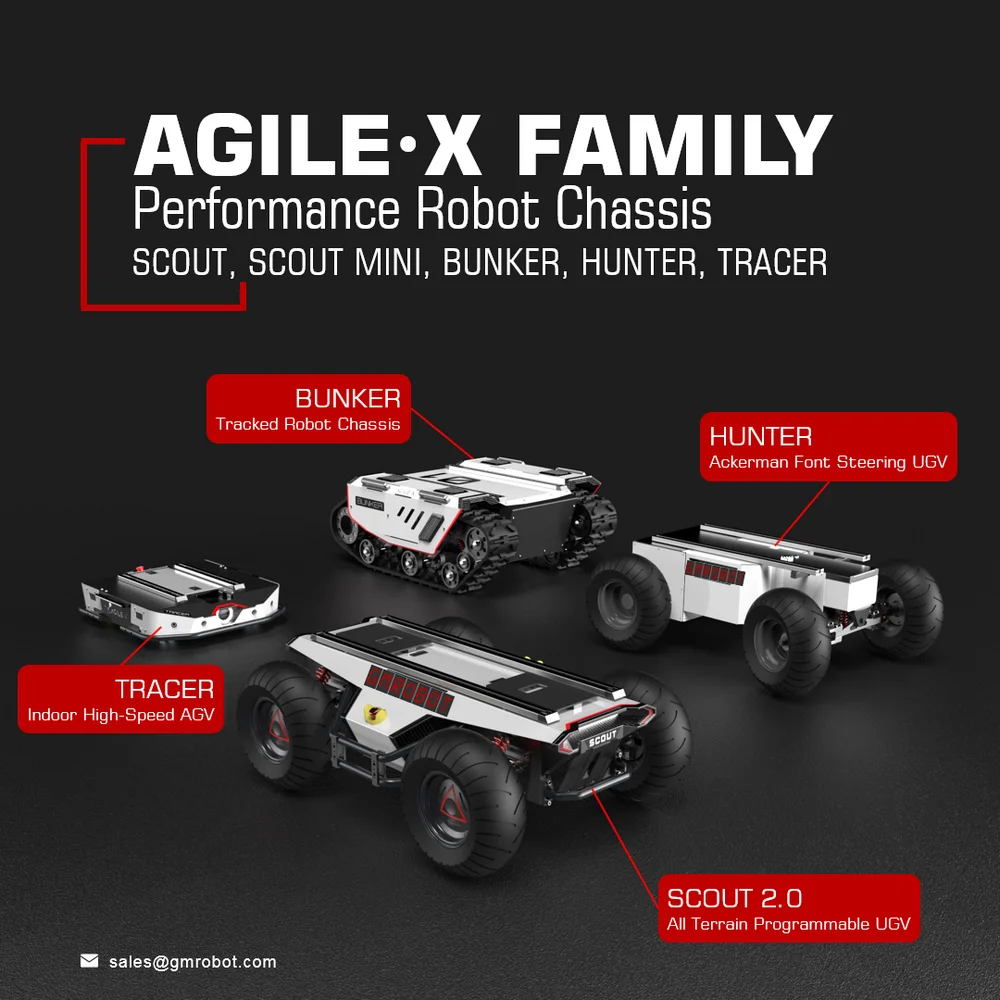
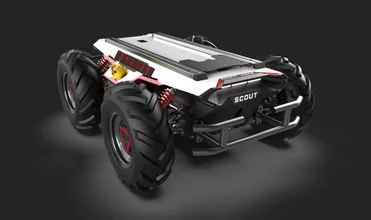
SCOUT 2.0
Max Playloads: 50kg
Max. Speed: 6km/h
Dimension: 930*699*348mm
Gross Weight: 60~65kg
Min. Turning Radius: 0m
Obstacle Surmounting: 15cm
Slope Climbing: 30°
Max. Distance: 15km
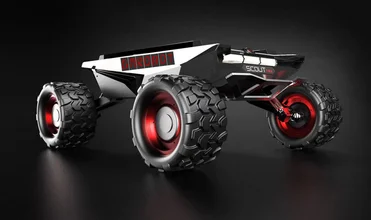
SCOUT MINI
Max Playloads: 20kg/50kg
Max. Speed: 20km/h
Dimension: 627*550*252mm
Gross Weight: 20kg
Min. Turning Radius: 0m
Obstacle Surmounting: 7cm
Slope Climbing: 30°
Max. Distance: 10km
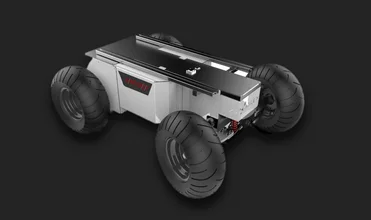
HUNTER
Max Playloads: 100kg
Max. Speed: 6km/h
Dimension: 978*718*330mm
Gross Weight: 45~50kg
Min. Turning Radius: 1.7m
Obstacle Surmounting: 5cm
Slope Climbing: 10°
Max. Distance: 15km
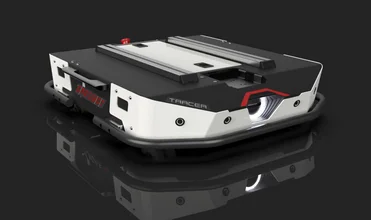
TRACER
Max Playloads: 100kg
Max. Speed: 6km/h
Dimension: 685*570*155mm
Gross Weight: 28~30kg
Min. Turning Radius: 0m
Obstacle Surmounting: 1cm
Slope Climbing: 8°
Max. Distance: —
